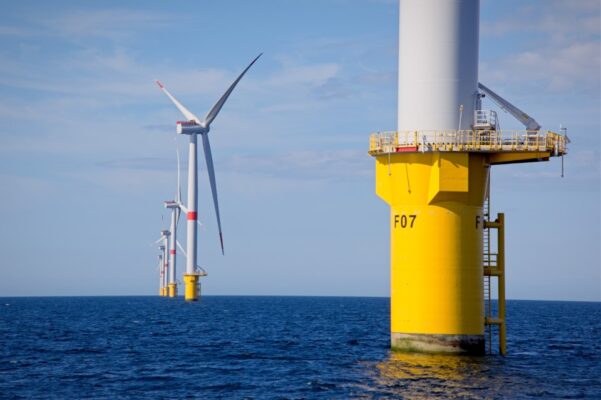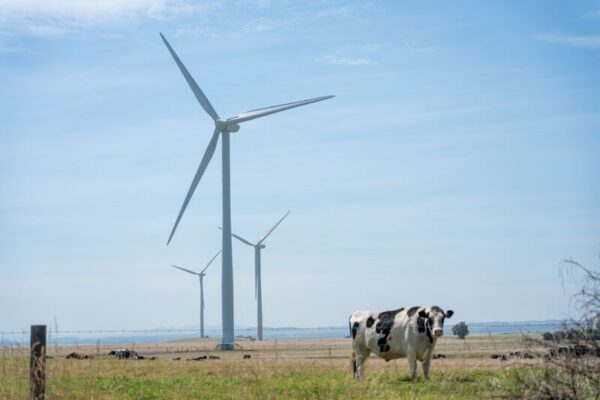Norway deploys 49 MW of solar in H1
Norway’s solar deployment rate slowed in the first half of 2025 compared to the previous two years, as the government introduced new regulations targeting medium-sized commercial systems.

Norway’s solar deployment rate slowed in the first half of 2025 compared to the previous two years, as the government introduced new regulations targeting medium-sized commercial systems.
Norway installed 49 MW of solar across the first six months of 2025, according to figures from the Norwegian Water Resources and Energy Directorate (NVE).
The result is down on the deployment rate across the first six months of the two years prior, which reached 79 MW in the first six months of 2024 and a record 145 MW in the first half of 2023.
Hassan Gholami, a solar and storage consultant at Multiconsult, told pv magazine that this year’s installations to date “reflect a market adjusting to more normalized electricity prices, reduced subsidies and ongoing regulatory reforms.”
He added that based on historical patterns, Norway is likely to deploy more solar in the second half of the year.
“In both 2023 and 2024, around 48% to 50% of annual installations occurred after July, driven by seasonal construction peaks and budget finalizations,” Gholami explained, predicting that total capacity for 2025 could reach between 100 MW and 125 MW if a similar trend is met this year.
The commercial and industrial (C&I) market has emerged as Norway’s leading solar segment, Gholami continued, now accounting for 429 MW – more than half – of the country’s cumulative capacity. In contrast, the residential market has slowed considerably since a period of rapid growth at the start of the decade, which Gholami said reflects subsidy reductions and stablized electricity prices.
Meanwhile, Norway’s utility-scale market “remains small but is increasingly viable,” Gholami said, with the licensing of projects including the 30 MW Seval Skog and 13.7 MW Orje solar plants. He said this suggests that “this segment is poised for faster growth from 2026 onward.”
Gholami told pv magazine the desire for energy cost control, particular among commercial property owners, farmers and municipalities with substantial daytime loads, continues to be a key driver of Norway’s solar market. He also noted that an increase in the concession threshold, which took effect earlier this month, has eliminated the need for a full NVE license for projects up to 10 MW in size, simplifying the project development process for medium-scale solar parks.
“It is already influencing investment behavior, with more developers preparing sub-10 MW projects on rooftops and marginal lands,” explained Gholami.
Norway has also finalized an energy-sharing regulation, due to come into effect at the start of 2026. It will allow surplus renewable power from plants up to 5 MW in size to be shared within industrial areas.
“This marks a major step forward in unlocking the value of shared solar systems across mutil-building campuses such as logistic hubs, shopping centres and schools that were previously constrained by regulatory barriers,” Gholami said.
Gholami suggested that Norway could benefit from further expanding its energy-sharing framework, which currently allows up to 1 MW of energy from solar installations to be shared within a single property. He proposed that this should be broadened to include multi-building arrangements within a shared grid connection, with the threshold raised where appropriate.
Other regulatory changes that would support Norway's solar market include mandating solar on all new commercial and public building above a defined size, Gholami said, and increased financial incentives for household solar installations through stronger subsidies, the introduction of a stable support mechanism or a feed-in-tariff.
According to NVE’s figures, Norway’s cumulative solar capacity stands at 763 MW after the first half of 2025. The Norwegian government has set a target of 8 TWh of annual solar production by 2030.
What's Your Reaction?




























































